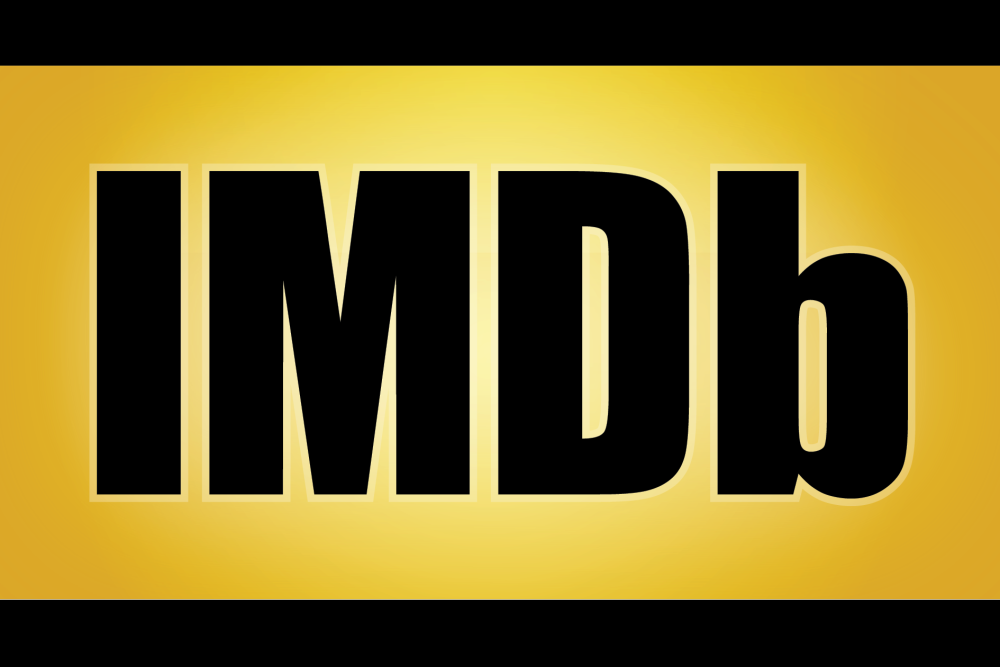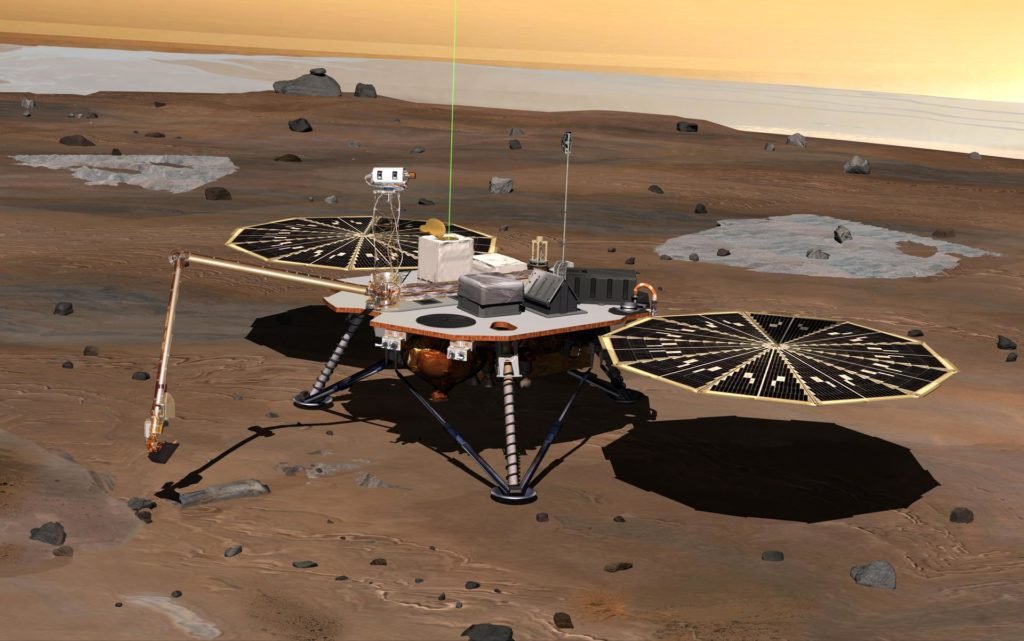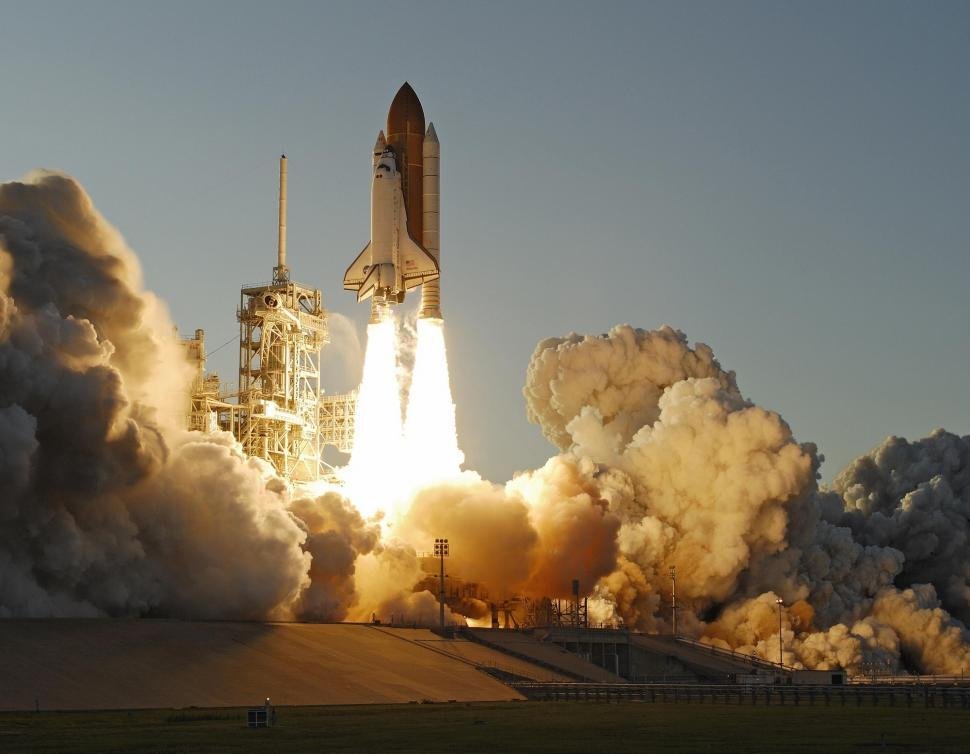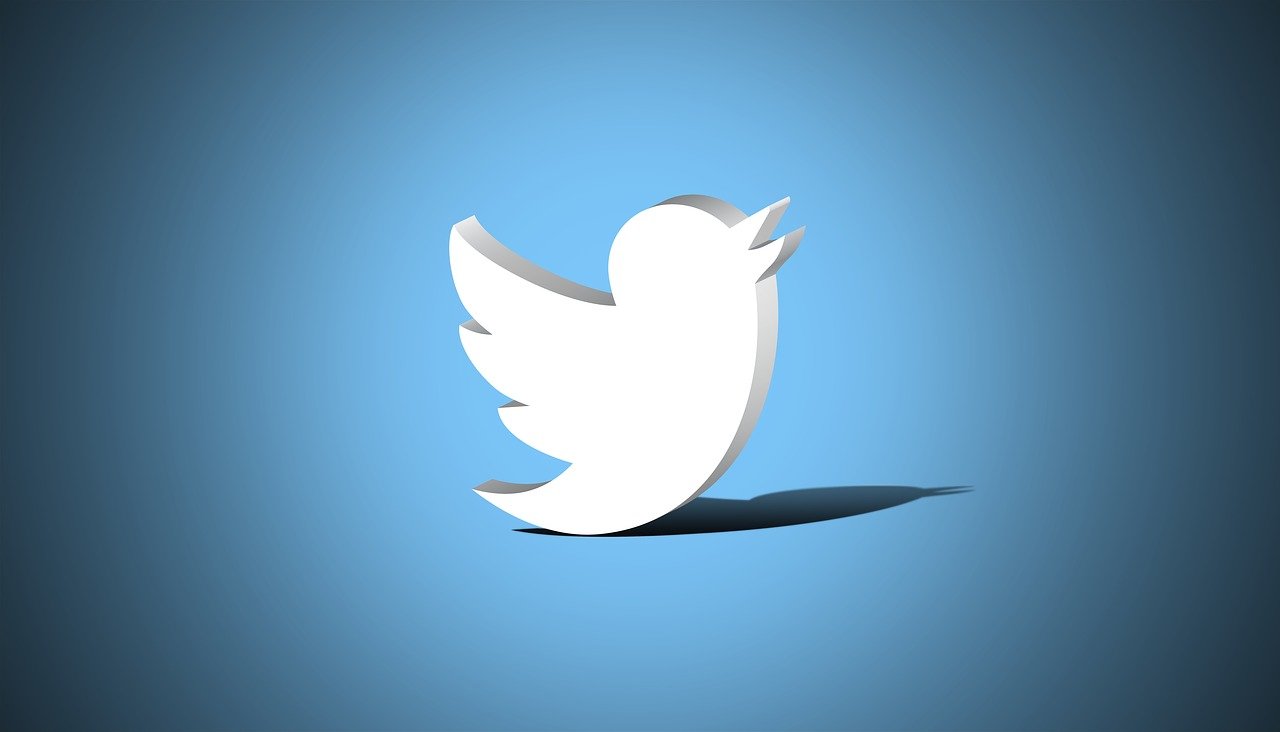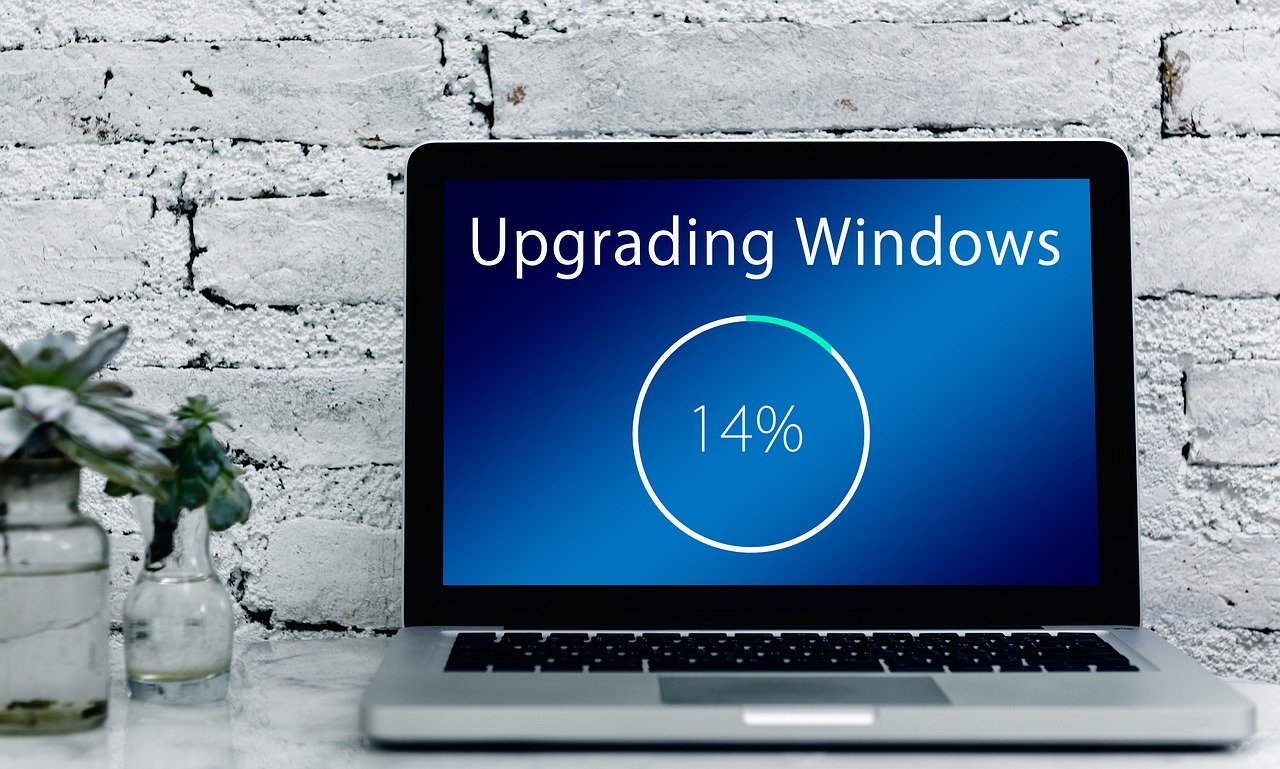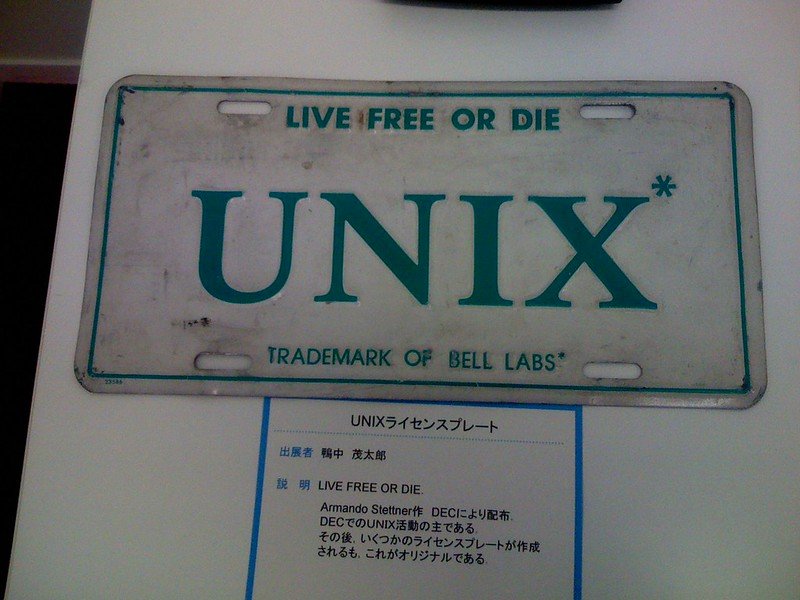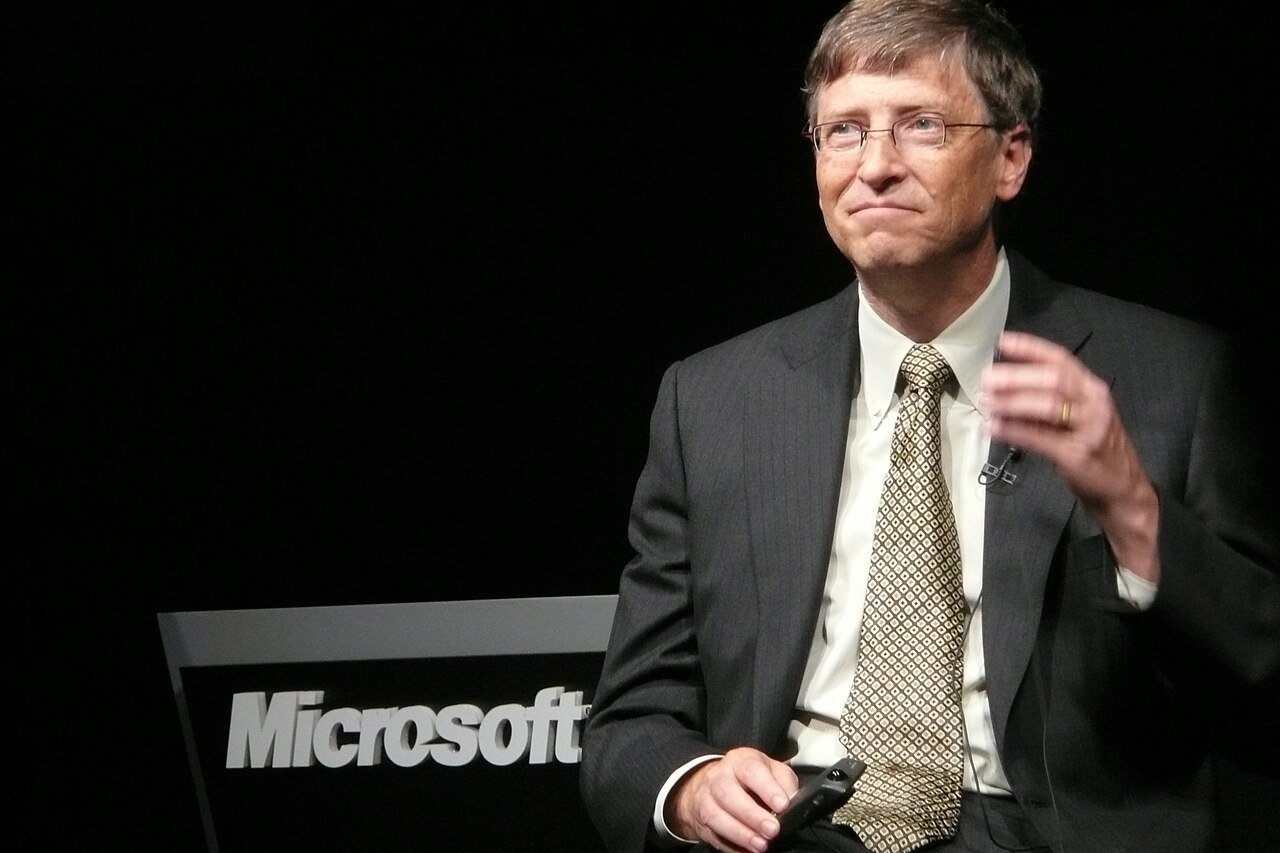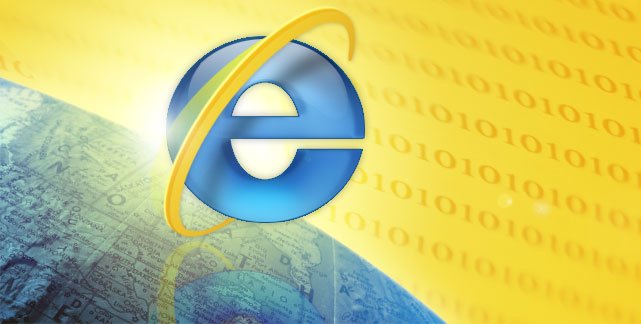The operating system (OS) is a cornerstone of computer technological evolution. From the early days of massive mainframes to the modern era of sleek smartphones, the evolution of operating systems has been a captivating journey that parallels the advancements in computing itself. This exploration delves into the intricate tapestry of the OS, tracing its path from its humble beginnings to its pivotal role in shaping the way we interact with technology today.
The Evolution of Operating Systems is a fascinating narrative encapsulating the OS’s transformative journey. From its inception as a tool for managing hardware resources to its current status as a vital interface connecting users with their devices, the OS has continually adapted to the changing computing landscape. This journey reflects the technical innovations that have propelled computers forward and highlights the dynamic interplay between user needs and technological capabilities. Join us on this captivating expedition through time as we uncover the profound impact of the OS on the world of computers and its ongoing role in shaping our digital experiences.
Table of Contents
What are the 4 generations of operating systems?

The four generations of operating systems represent significant shifts in computing paradigms and technologies:
First Generation (1940s-1950s)
The initial generation consisted of primitive batch processing systems. Users had to manually configure the hardware for each task, resulting in inefficient use of resources. Examples include UNIVAC I and IBM SSEC.
Second Generation (1950s-1960s)
This generation brought improved resource management with the introduction of operating system kernels. Batch processing continued but with better automation. Time-sharing systems emerged, enabling multiple users to interact simultaneously. Notable systems include IBM’s OS/360 and CTSS.
Third Generation (1960s-1980s)
The rise of graphical interfaces and networking defined this era. Time-sharing increased, and GUIs like Apple’s Macintosh and Microsoft Windows gained prominence. UNIX introduced modularity, influencing subsequent designs. Noteworthy systems include UNIX variants, VMS, and Windows.
Fourth Generation (1990s-Present)
Modern operating systems emerged, focusing on user experience, stability, and security. Mobile OSes like iOS and Android revolutionized personal computing. Cloud computing gained prominence, leading to cloud-native operating systems and services. Linux and open-source platforms became influential, while virtualization and containerization transformed system deployment. Windows 7, 8, 10, macOS, and Linux distributions exemplify this generation’s diversity.
These generations reflect the evolution of operating systems from manual hardware control to sophisticated, user-centric, and interconnected systems that drive today’s computing landscape.
What are the types of OS?
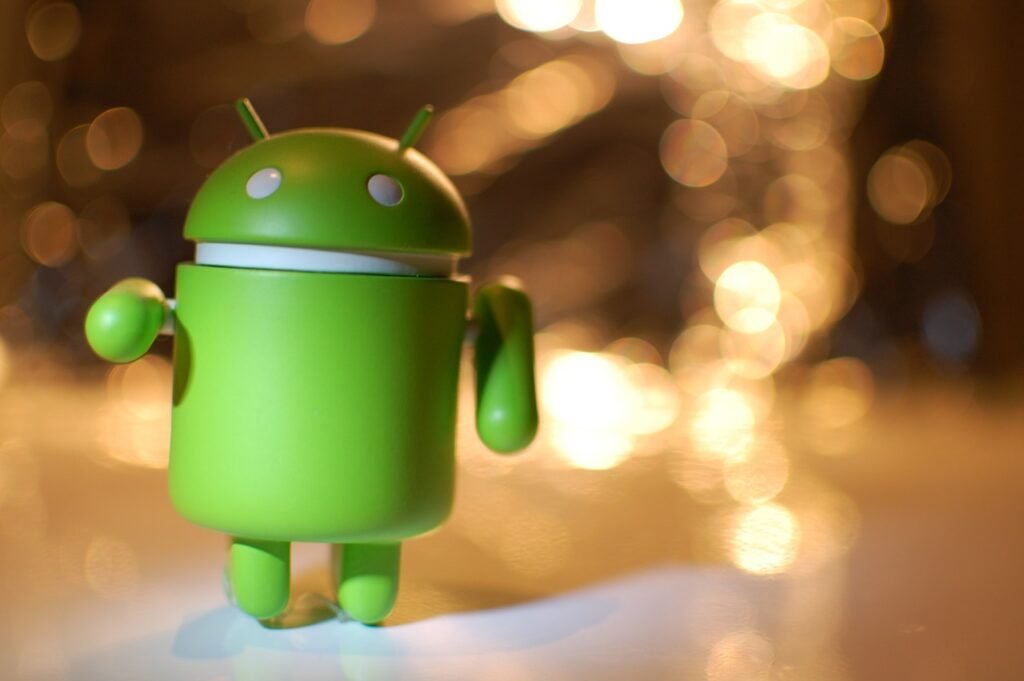
Operating systems can be broadly categorized into several types based on their functionalities and purposes. Here are some key types:
Single-User, Single-Tasking OS
It is designed for single users and can run only one task at a time, like early versions of MS-DOS.
Single-user, Multi-Tasking OS
Allows a single user to run multiple tasks simultaneously, switching between them. Examples include modern versions of Windows and macOS.
Multi-User OS
Supports multiple users working concurrently on the same system. These systems manage resources and ensure user isolation, which is common in server environments. UNIX/Linux variants are notable examples.
Real-Time OS
They are designed for systems where timely response is critical, like industrial controls or robotics. They guarantee tasks are completed within defined time constraints.
Embedded OS
Optimized for resource-constrained devices like embedded systems, IoT devices, and appliances. They provide basic functionalities tailored to specific hardware.
Distributed OS
Coordinates multiple interconnected computers to work as a single system. Examples include Google’s Chrome OS and some versions of Linux.
Network OS
They are primarily used for network management and resource sharing. These OS types facilitate file and printer sharing, often used in data centers.
Mobile OS
They are designed for mobile devices like smartphones and tablets. iOS and Android are prominent examples.
Virtualization OS
Manages multiple virtual machines on a single physical machine, enabling efficient resource utilization and isolation.
Hypervisor OS
A Virtual Machine Monitor (VMM) allows multiple operating systems to run on a single host machine.
The choice of OS type depends on the intended use case, hardware requirements, and user needs. Modern operating systems often incorporate features from multiple categories to accommodate diverse computing environments.
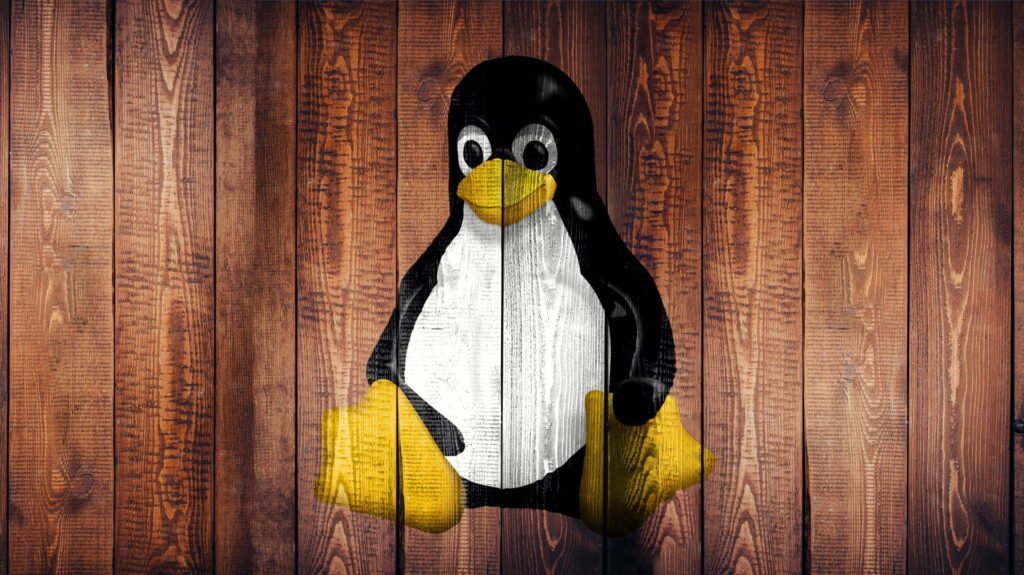
Which is the biggest OS?
Windows and Linux are two of the most widely used and “biggest” operating systems in terms of their user base and influence. With its various versions like Windows 10, Microsoft Windows has a massive global user base due to its presence on a wide range of personal computers, laptops, and enterprise systems. On the other hand, Linux is prominent in server environments, cloud computing, and embedded systems, with numerous distributions such as Ubuntu, CentOS, and Debian.
Both Windows and Linux have extensive communities, ecosystems, and developer bases. It’s worth noting that the concept of “biggest” can vary based on factors like user count, market share, and industry impact. The landscape might have evolved since then, so I recommend checking more recent sources for the latest information on the dominance of operating systems.
History of the Operating System:
1940s-1950s: Early Computers and Batch Processing
- In the 1940s, computers were large machines that required manual configuration for each task.
- Batch processing systems were introduced, allowing users to submit jobs that were processed one after another without direct user interaction.
- Examples: UNIVAC I, IBM SSEC.
1950s-1960s: Operating System Development
- Operating systems evolved to manage hardware resources and provide abstractions for software.
- The concept of an operating system kernel emerged, controlling hardware functions and managing memory.
- Early operating systems included GM-NAA I/O, UNIVAC EXEC I, and Fortran Monitor System (FMS).
1960s-1970s: Time-Sharing Systems and Multics
- Time-sharing systems allow multiple users to interact with a computer simultaneously.
- MIT’s Multics project introduced advanced features like virtual memory and hierarchical file systems.
- Developed in the late 1960s, UNIX became a significant milestone, influencing many future operating systems.
1970s-1980s: Rise of Personal Computing
- The 1970s saw the development of microprocessors and personal computers.
- Operating systems like CP/M and later MS-DOS (PC-DOS) gained popularity on early PCs.
- UNIX variants like BSD and System V emerged when Microsoft introduced Windows in the late 1980s.
1980s-1990s: Graphical User Interfaces and Networking
- Graphical User Interfaces (GUIs) became more prominent, making computers accessible to non-technical users.
- Apple’s Macintosh introduced the concept of windows, icons, menus, and pointers (WIMP) interfaces.
- Microsoft Windows gained ground with Windows 3.0, 3.1, and Windows 95 versions.
- Networking became a focus, leading to the development of network-capable operating systems like Novell NetWare and Windows NT.
1990s-2000s: Modern Operating Systems
- The 1990s brought advancements in operating systems, including Windows 98, Windows 2000, and Mac OS 9.
- The open-source movement gained traction with the development of Linux, a UNIX-like operating system.
- Windows XP and Mac OS X marked significant stability, security, and user experience milestones.
2000s-Present: Mobile and Cloud Computing
- Mobile operating systems like iOS and Android revolutionized personal computing through smartphones and tablets.
- Cloud computing emerged, leading to the development of cloud-based operating systems and services.
- Windows 7, 8, and 10, as well as macOS, continued to refine the desktop operating system experience.
- Linux gained popularity in various domains, including servers, embedded systems, and IoT devices.

Future Trends
- Operating systems continue to evolve, focusing on security, virtualization, and containerization.
- Cloud-native operating systems and serverless computing models are becoming more relevant.
- The development of quantum computing may lead to new operating systems to manage quantum resources.
This comprehensive overview delves into the significant milestones that have shaped the landscape of operating systems (OS) throughout history. The evolution of operating systems is a testament to the relentless progress driven by advancements in hardware, software, and the dynamic interplay of user requirements.
From the early days of computing, when mainframes dominated the scene, operating systems emerged as necessary to manage the intricate interactions between hardware components and software applications. The OS acted as a bridge, simplifying user interactions and resource allocations within the realm of computers.
The journey from the rudimentary batch processing systems to the sophisticated, user-friendly environments we experience today has been marked by leaps and bounds. The evolution of operating systems witnessed the rise of multi-tasking and multi-user capabilities with time-sharing systems, the emergence of graphical user interfaces (GUIs) that revolutionized how we interact with computers, and the monumental shift toward mobile operating systems, empowering handheld devices with remarkable computing capabilities.
While this overview captures the essence of the OS evolution, it’s paramount to recognize that this field remains in perpetual motion. The symbiotic relationship between hardware innovation and software development continuously refines the user experience, pushing the boundaries of what operating systems can achieve. The dynamic interplay of user requirements and technological possibilities propels the evolution of operating systems. This process remains as relevant today as it was in the early days of computing.
In conclusion, the evolution of operating systems is a testament to the ever-evolving nature of technology. As computers and user needs evolve, so do operating systems, adapting to new challenges and opportunities in the digital landscape. From the conceptualization of the earliest OS to the intricate ecosystems that power modern devices, the journey of OS development is a captivating narrative of innovation, adaptability, and transformation.
